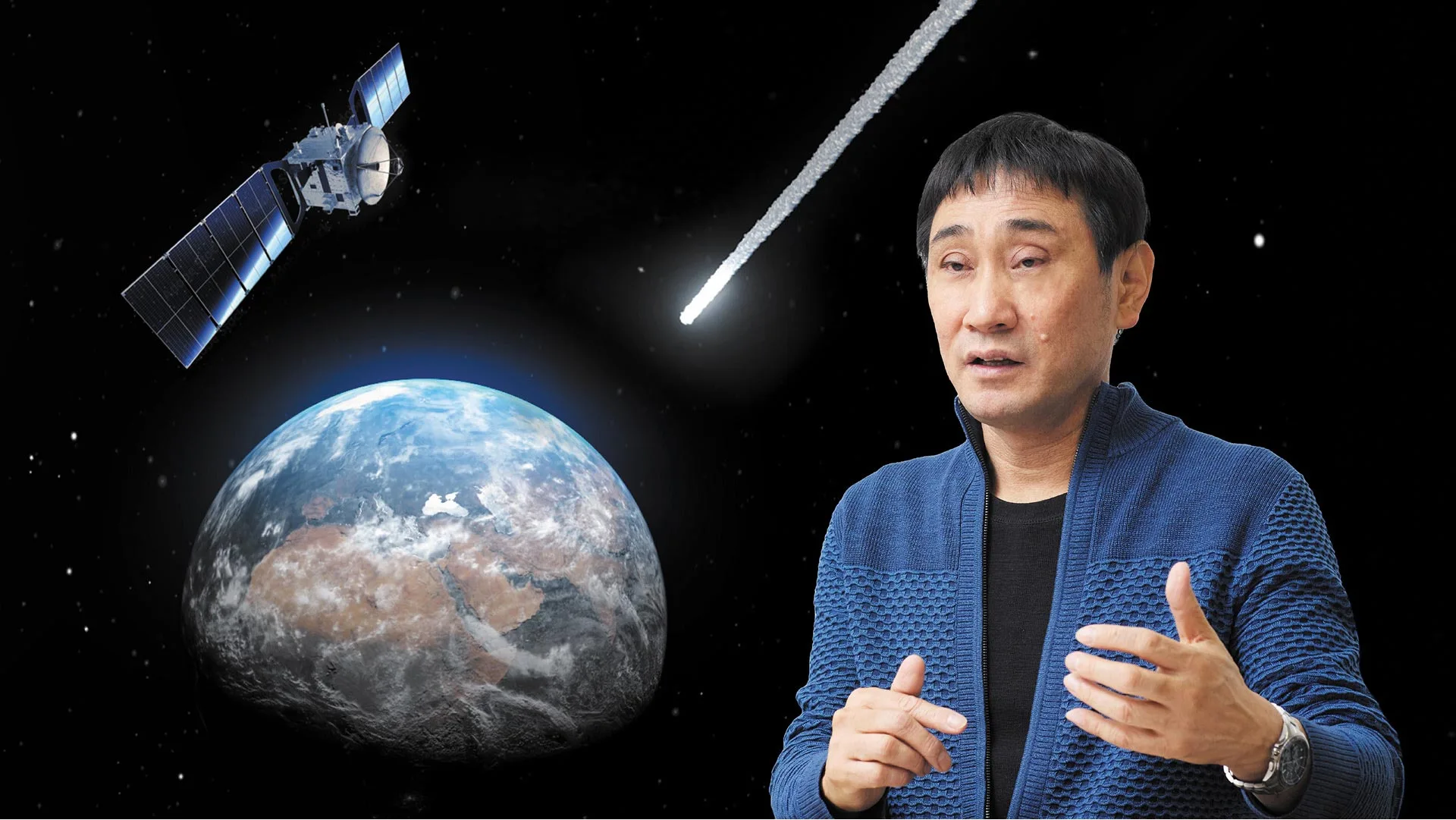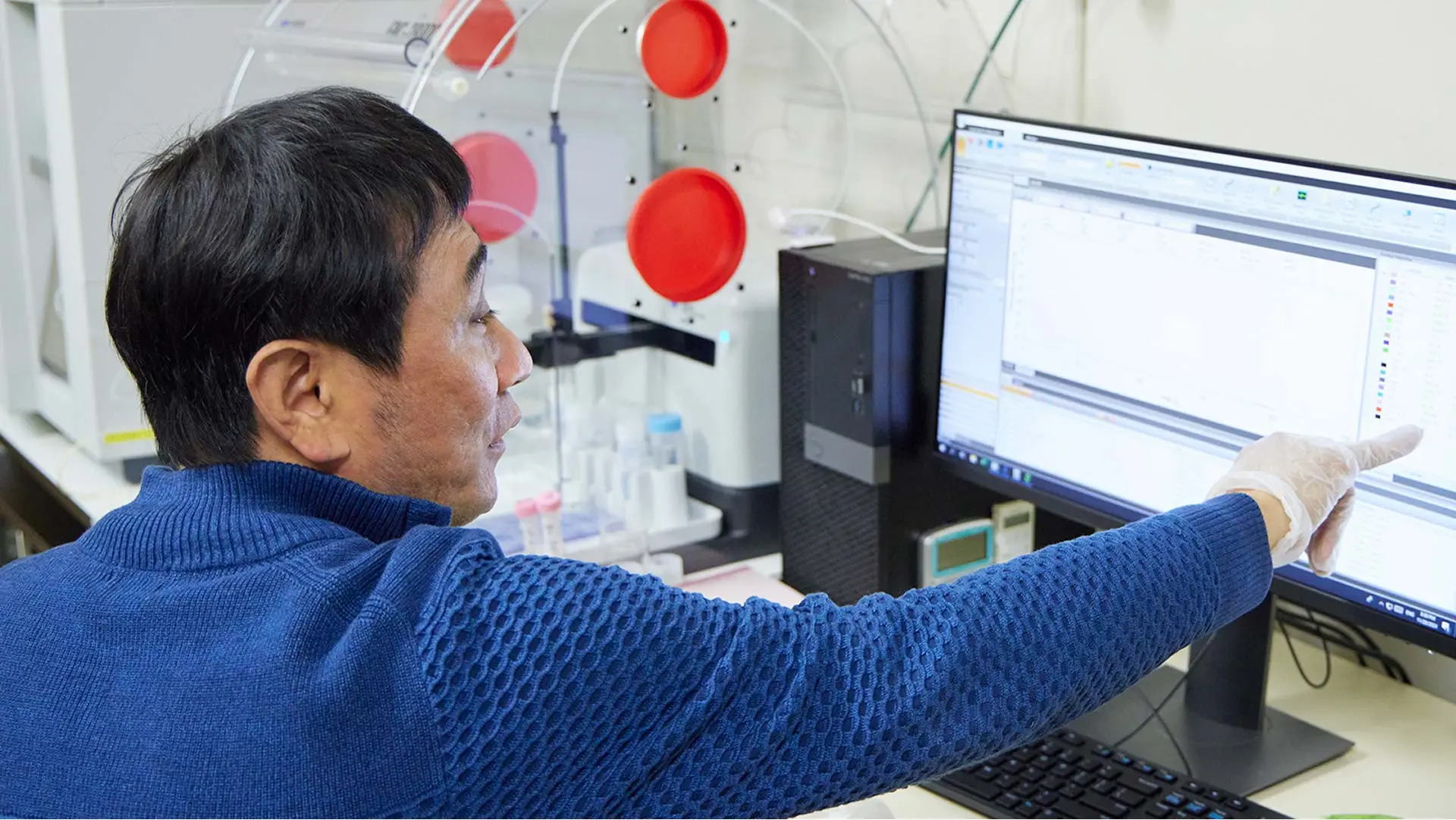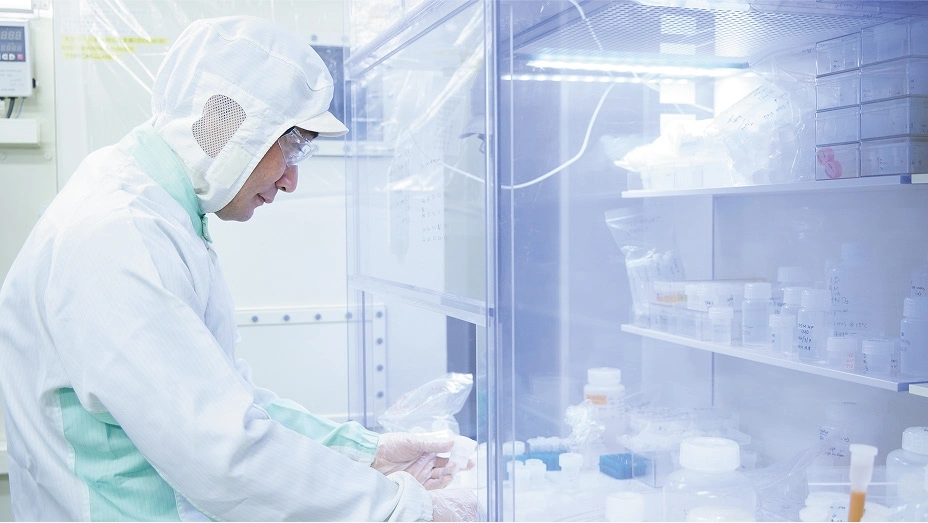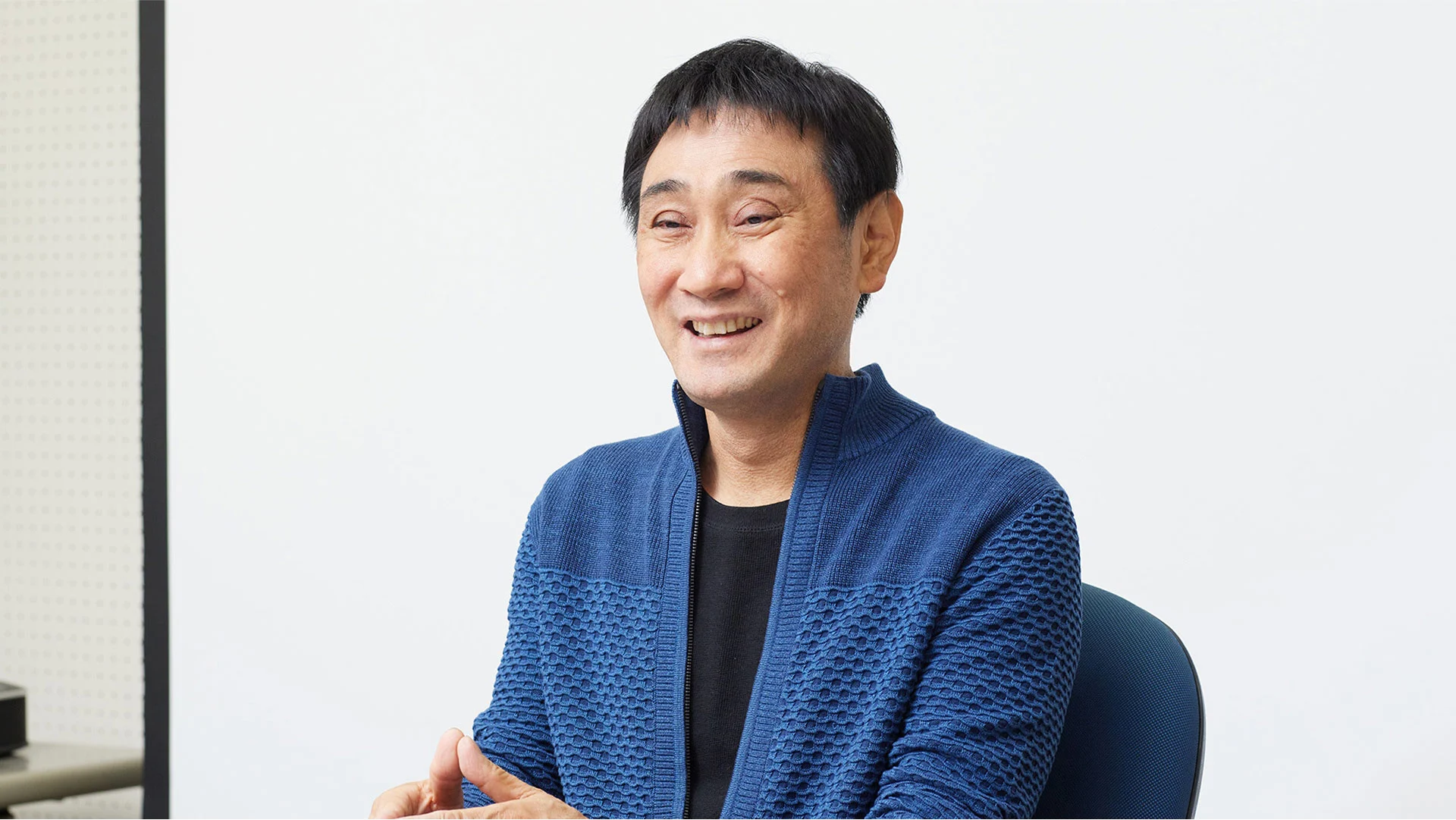Exploring the universe’s mysteries hidden in particles from asteroid Ryugu—Tetsuya Yokoyama
Unlock your curiosity: Step into the world of science!

Professor Tetsuya Yokoyama's laboratory has been commissioned to analyze a tiny fraction of samples returned from the asteroid Ryugu to unlock the mysteries of the Solar System. The laboratory employed its unique wet chemical analysis technique to recover more than 10 elements without wasting any of the sample. Studying the Solar System's past from its genesis through such examinations will lead to a better understanding of its present and future, Yokoyama said.
The Solar System is estimated to have been formed about 4.6 billion years ago, but many mysteries surround its formation. How did the Solar System and Earth form and evolve? How did life begin? The key to answering these grand questions lies in extraterrestrial materials, including meteorites. Meteorites, originated from asteroids and other celestial bodies, are "fossils of the Solar System." By analyzing the chemical and isotopic compositions of these meteorites[1], we can understand when and how the parent celestial bodies were formed and evolved, providing us with clues to the origin of the Solar System.
Approximately 70,000 meteorites that have fallen to Earth have been analyzed by researchers worldwide. Analyzing meteorites presents several challenges, such as accurately identifying their parent bodies and dealing with their susceptibility to heat when entering the atmosphere, as well as contamination from Earth's environment. These challenges are addressed by the concept of sample return, which involves the collection of samples directly from a celestial body through a space exploration mission. A notable example is the collection of lunar rocks during the Apollo missions conducted by the U.S. National Aeronautics and Space Administration (NASA). In the case of Japan, the Asteroid Explorer Hayabusa launched by the Japan Aerospace Exploration Agency (JAXA), returned fine particles from Itokawa, an S-type asteroid[2], in 2010 despite repeated difficulties. It was the world's first successful sample return mission from an asteroid, and attracted a great deal of attention from the world.
In 2014, Hayabusa's successor, Hayabusa2, was launched into space. While the first Hayabusa was primarily an engineering mission to develop exploration technologies, Hayabusa2's mission was to investigate the evolution of the Solar System, as well as the origins of water and organic matter. The spacecraft collected approximately 5.4 grams of samples from Ryugu, a C-type asteroid[2], considered a primitive body containing water and organic matter, which retains conditions from the early stage of the Solar System. It returned to Earth with these samples in December 2020. What will the samples — the first directly obtained from a C-type asteroid — reveal? Do they contain clues that will help us unravel the history of the Solar System and Earth? There is great anticipation around the world for the results of the analyses, which will be released later.
Pick up
Possibilities unveiled by returned samples
Such sample return missions, which collect materials from a celestial body and return them back to Earth, allow humans to analyze substances that were previously inaccessible. To date, samples from the Moon, asteroids, solar winds, and comet dust have been collected and returned to Earth, providing a wealth of new knowledge for humanity.
Meteorites: ‘Fossils’ revealing the early Solar System
Meteorites that travel through space from asteroids, Mars, and the Moon are crucial for understanding the evolution of the Solar System and the internal structure of planets. They are classified into four major categories based on their chemical composition: chondrites, achondrites, stony-iron meteorites, and iron meteorites.
Exploring the history of Earth and space through chemistry
Cosmo- and geochemistry seeks to understand the origin of Earth and the Solar System through the chemical analysis of materials such as terrestrial rocks and extraterrestrial materials. In addition to direct analysis, spectroscopic observations using astronomical telescopes are employed to study substances in space.
"The 5.4-gram samples brought back by Hayabusa2 contain a record of the Solar System's 4.6-billion-year history"

Chemical composition of Ryugu overturns established theories
The samples from Hayabusa2 underwent basic analysis and recording, known as curation, at JAXA before being sent to six teams responsible for initial analysis. I serve as the deputy leader of the Chemistry team. In June 2021, our team began investigating the chemical and isotopic compositions of asteroid Ryugu by employing wet chemical analysis, which involves measuring the elements in a solution of the dissolved samples.
We started with chemical composition analysis, which means, as we say, making a composition table of the sample. Hayabusa2 collected samples from two locations on Ryugu. We received 0.03 grams of samples from each location. We used acid to dissolve the samples and measured the abundance of each element with a quadrupole ICP mass spectrometer. We obtained very intriguing results: Ryugu has almost the same composition as Ivuna-type carbonaceous chondrite (CI chondrite).
Ivuna-type chondrites have elemental abundances similar to those of the solar photosphere, which is considered to represent the average chemical composition of the Solar System. The other meteorites have chemical compositions that differ to some extent from the solar photosphere, reflecting the elemental fractionation history most likely due to the heat of the Sun. CI chondrites have long been considered a rare entity, as only 9 out of 70,000 meteorites are Ivuna-type. However, both samples brought back from Ryugu and those returned by OSIRIS-REx, a NASA probe, from asteroid Bennu in 2023 exhibited the same composition as Ivuna-type meteorites.
These findings suggest the possibility that not a small number of celestial bodies in the asteroid belt have the same composition as Ivuna-type meteorites, although the vast majority of such meteorites have not reached Earth for various reasons. While this remains a hypothesis, it implies that the actual state of the Solar System may be significantly different from our current understanding. Gaining this new insight is a major achievement, once again demonstrates the importance of space exploration.
New facts about the ‘hometown’ of asteroids gained through unique chemical processing technology
We then analyzed isotopes, which differ in mass despite belonging to the same element, to understand the origin, age, and formation processes of the samples. The procedure we employed was as follows: First, we separated the target elements using ion-exchange chromatography[3]. We then measured the isotopic ratio of each element with mass spectrometers. In the standard pretreatment method for chemically separating elements, one element is typically isolated from a dissolved sample at a time, with the remaining portions discarded, and the process is repeated to separate multiple elements. However, as we could not afford to discard any precious portions of the Ryugu sample, we employed our own technology to successfully extract more than 10 elements without wasting any solution. This technology, which is virtually unparalleled worldwide, represents a key strength of the Yokoyama Lab and is a major reason we were commissioned to investigate the Ryugu samples.
We obtained intriguing results from the isotopic analysis. Meteorites are categorized into two major groups based on differences in isotope compositions: those from bodies formed in regions closer to the Sun than Jupiter, and those from bodies formed further from the Sun than Jupiter. However, Ryugu and CI chondrites do not fit into either of these groups, forming a third category.
Notably, both types retain volatile elements that are typically prone to evaporation. In other words, they are believed to have formed in regions much farther from Jupiter, such as areas near Uranus and Neptune, where solar heat cannot reach. Afterward, they probably moved into the asteroid belt between Mars and Jupiter.
In addition, the Chemistry team gained numerous important insights through the initial analysis. The samples from Ryugu will undoubtedly be utilized internationally as a new standard for studying the Solar System. We learned a great deal from this experience of handling this precious sample with the understanding that no mistakes could be tolerated. The knowledge we gained from this challenging experience should be beneficial in the analysis of the aforementioned asteroid Bennu, as well as for JAXA's Martian Moons eXploration (MMX), which is scheduled to be launched in 2026.
Initiating Ryugu sample analysis in a clean room to prevent contamination from Earth environment
The Ryugu sample was brought into a clean room with air circulation managed via air filters. A glovebox specifically designed for handling the sample was set up to minimize environmental contamination. Portions of the sample that were dissolved in a solution or underwent chemical separation were taken to other laboratories for analyses using a variety of analytical instruments. Despite my position supervising many team members, I remain actively involved in analytical tasks at the sites. "My motto in conducting research is to always be an active participant. Wet chemical analysis is somewhat classical and requires a lot of detailed manual work, but I am confident in my ability to produce high-precision data by leveraging my knowledge and technology," Yokoyama said.

"Learning about the path the Solar System has traveled will provide us with crucial clues to understand the present and future of Earth and humanity"
Fundamental desire to understand humanity’s roots fuels my research
My origins as a researcher can be traced back to my childhood when I was captivated by illustrated books about space, and to my high school days, when I was a member of the astronomy club and earnestly observed the movements of stars. During my university years, I conducted chemical analyses of volcanic rocks, but after engaging in research activities in the United States, I expanded my field of study to focus on space in my mid-30s.
My research focuses primarily on presolar grains, which existed before the formation of the Solar System. These grains, found in primitive meteorites and characterized by their unique isotopic compositions, have survived the intense physicochemical processes of the early Solar System. Through the analysis of these grains, I aim to unravel the conditions of presolar space and explore the origins of elements, as well as the evolution of the chemical composition of the Galaxy.
There is a masterpiece by Paul Gauguin titled "Where Do We Come From? What Are We? Where Are We Going?" The very questions posed by this piece serves as my motivation for research. My intellectual curiosity about the origins of the Solar System, as well as my own origins, remains as strong as ever. Conducting analyses involves trial and error, often resulting in repeated failures. However, the joy and exhilaration I feel when I encounter a kind of world-first data make it all worthwhile, propelling me to continue my research to this day.
Understanding the past, which began with the formation of the universe, will help us grasp the present and the future. What will happen to Earth, and what must humanity do? The clues to answering these questions should lie within the vast history of the Solar System. The research we are doing now may reveal only a fraction of the grand universe. Nevertheless, I believe it is our responsibility as scientists to take on the challenges of exploring unseen frontiers.
Glossary
- [1]
- Isotope analysis:An analytical method used to determine the origin, age, and formation processes of substances, or to estimate the temperature of past sea water. This is achieved by measuring the relative abundance or concentration of isotopes, which share the same atomic number but differ in the number of neutrons and mass numbers.
- [2]
- S-type/C-type asteroids:These asteroids are categorized based on the chemical composition of their surfaces. S-type asteroids are stony and are typically the parent bodies of meteorites generally called chondrites. C-type asteroids, on the other hand, contain organic matter and water, and are the parent bodies of carbonaceous chondrites.
- [3]
- Ion-exchange chromatography:A technique used to separate and purify elements within liquid samples by exploiting the differences in charge of atoms and molecules. This technique is widely used in the analysis of environmental samples, foods, and pharmaceuticals.
My future research
The key to unlocking the mysteries of the universe lies in transcending the borders of exploration, analysis, and theoretical research, and integrating these fields
Yokoyama: Earth and planetary science, the scientific field that explores Earth and space, encompasses diverse fields, including astronomy, physics, chemistry, and life sciences. To date, there has been minimal interaction between these fields, but cross-disciplinary collaboration is essential to further unravel these mysteries. In particular, physics theories should elucidate the processes leading to evidence identified through chemical analysis. My goals for the next 10 years are to achieve new discoveries by integrating exploration, analysis, and theoretical research, and to nurture successors who can contribute to future sample return missions.
Profile
Tetsuya Yokoyama
Professor Tetsuya Yokoyama, Department of Earth and Planetary Science, School of Science

In 1998, Professor Yokoyama completed the coursework for the doctoral program at the Department of Chemistry, Graduate School of Science, the University of Tokyo, without obtaining a degree. In 1999, he received a Doctor of Philosophy degree from Okayama University. After holding positions such as a postdoctoral researcher at the Institute for Study of the Earth's Interior of Okayama University, he became a research associate at the University of Maryland in the United States in 2005. In 2007, he joined Tokyo Institute of Technology (now Science Tokyo). Yokoyama has held his current position since 2017.
Related articles
Interview held on November 20, 2024
Update history
- The title of this article was updated on Oct 21, 2025